Baidu has invested billions in unmanned vehicles and announced that it will be commercialized within three years and mass-produced within five years. If this goal is achieved, Baidu is expected to become the first company in the world to realize the commercialization of autonomous driving technology. However, there is now an inconspicuous Chinese company that is competing with Baidu for the goal of “the world's first commercial unmanned vehicleâ€. The entrepreneurial team Tucson Internet plans to launch their self-driving cars and carry out road tests at the end of 2017, and then commercialize them in one to two years. Recently, the author conducted an exclusive interview with his CEO Chen Mo, hoping to follow this Baidu. After that, the Chinese company in the field of automatic driving was introduced to everyone. Focusing on medium and long distance intercity freight When it comes to autonomous vehicles, people tend to think of passenger cars and ignore trucks. The well-known autopilot players in the market, Google, Baidu, Uber and Tesla are all passenger cars. However, when the passenger car can go to the public in the face of it, there is still a lot of suspense. Chris Urmson, the former head of the Google Unmanned Vehicles project, once said that he wants to commercialize it in 2019. Almost impossible, Chris Urmson's conclusion after leaving Google is that autonomous driving technology is bound to be commercially available in the vertical field.
CNC punching and shearing equipment for the processing of angles studied for small and medium size steel construction companies. These lines provide flexibility and simple use, and are characterized by an innovative infeed roller conveyor system allowing high precision with minimum loss of material.
Advantages:
The linear tool carrier (y-axis) has several stations that hold the punching tools and one cutting tool. Especially for flexibility and efficient processing are setup times a crucial cost factor. Downtimes should be reduced to a minimum. Therefore, recent tool systems are designed for fast and convenient change of punches and dies. They are equipped with a special plug-in system for a quick and easy change of tools.
There is no need to screw anything together. The punch and die plate are adjusted to each other automatically Punches and dies can be changed rapidly meaning less machine downtime
Angle punching round hole and s-lot hole samples
The Punching Unit:
This
unit is consists of three pieces of machine body, two hydraulic pressure
punching cylinders, four die bases with upper and lower dies, and two sets of
servo systems for controlling stadia adjustment. This unit can be installed three
different standards punches on each side. Every punch matches with one gas
cylinder. The gas cylinder piston pole links a padding block, which installed
between punch poles and oil cylinder press head. It automatic chooses punch,
namely choose relevant gas cylinder to drive relevant padding block according
to the order of computer. The position of stadia is located by servo motor,
which drives ball screw to drive die base move up and down, thus to achieve the
requirement of stadia position. It can punch many rows and different diameters
holes on two wings of angle steel.
The Marking Unit:
New design for type marking unit, more stable and longer life
This
unit consists of fix lathe bed, movable lathe bed, hydraulic pressure head,
four positions oil cylinders (can change four positions for character boxes)
and adjusting device. According to the order of computer, to mark on places the
drawings require. For making the mark clear and endurable, and avoiding the
angle steel abrade character heads, it adds oil cylinder of movable lathe bed
uplift and falling. For satisfying the processing scope, it adds manual
adjustment setup, which can change the position of characters to adapt
different standards angle steel.
The Shearing Unit:
This unit consists of frame
machine body, hydraulic pressure dynamic cylinder, upper blade setup, lower blade
setup, and front bracket tank etc. The front bracket tank avoids angle steel to
strike lower blade. The lower blade setup can adjust the clearance according to
angle steel thickness to ensure the cutting quality. It cuts different
standards of angle steel, according to the order of computer.
The Feeding Conveyors:
Double linear guide and detection rack for total
feeding conveyor ensure better accuracy and machine stability. Linear guide
from Taiwan HIWIN.
The NC Feeding Carriage:
NC carriage linear guide cushion, pneumatic lift
Work Table And Overturning Rack:
Overturn
rack for loading material automatically
Angle Punching Marking Shearing Line Angle Punching Marking Shearing Line,Angle Connecting Plate Punching,Punching Shearing And Marking Line,CNC Angle Production Line Shandong Sunrise CNC Machine Co., Ltd , https://www.scmcnc.com
The Tucson Internet is aimed at freight and is a segment of intercity high-speed freight. Chen Mo revealed that the original intention of choosing this market was that the freight market was huge, and the autopilot application scenario was relatively simple.
Tucson’s data shows that there are about 7.2 million trucks and 16 million drivers in China responsible for inter-city cargo transportation. The value of the industry exceeds 300 billion, and the cost of hiring drivers for truck companies accounts for 40% of the total cost. Around %, some long-distance transportation routes need to be equipped with 2 to 3 drivers. Tucson's autonomous driving technology does not completely replace the driver, but the driver can sleep on the allowed roads. This eliminates the need for a spare driver and can help the freight company save costs. According to the calculation of more than 400 kilometers of medium and long-distance freight transport for one year. You can save 60,000 yuan in cost - after removing the cost of hardware renovation.
Today, when heavy truck accidents occur frequently, autopilot technology can avoid driver fatigue driving and human error. At the same time, it can improve the visual range of the vehicle to avoid the "dead angle" problem of large trucks, and shorten the reaction reaction time. It is expected to significantly reduce truck accidents. Probability, Chen Mo revealed that Tucson's technology is expected to reduce the accident rate by 75%.
 Reduce costs through machine vision
Tucson's autopilot solution is very different from Baidu's technology. Based on Lidar, Tucson's technology is based on image recognition technology. The former is more accurate and can withstand bad weather and night driving, but the cost is not small. The price of laser radar is as high as 500,000-600,000 yuan. Although the cost can be reduced to about 500 dollars when the order reaches one million, there will be a chicken egg. The problem of eggs and chickens. The latter is mainly based on the on-board computer and millimeter-scale radar through the algorithm, no need to configure the laser radar, there is no problem of excessive cost.
The Tucson Internet was established in September 2015, at a time when NVIDIA released the car processor. This technology has greatly improved the image recognition effect based on the on-board computer, and thus created the machine-based automatic driving technology. The conditions. The strength of Tucson's interconnection lies in machine vision-based autopilot technology. On the world's most authoritative autopilot algorithm public rankings KITTI and Cityscapes evaluation data set, Tucson Internet has won the world's first in 10 single items. Participants include Baidu, Samsung Research Institute, Nvidia, UCSD, Stanford, Chinese Academy of Sciences and other organizations. Tucson Internet and Baidu, regardless of Zhongbo, far open their opponents, which means that machine-based autopilot technology In theory, it will not be weaker than laser-based technology.
However, Tesla AutoPilot, which uses machine vision, has had frequent accidents this year, which has cast a distrust of autonomous driving technology, especially the automatic driving without lidar. In this regard, Chen Mo's view is that Tesla AutoPilot originally used MobileEye's ADAS (Advanced Driver Assistance System) solution, but this solution is not for autonomous driving, Elon Musk is too aggressive, Tesla and MobileEye after breaking up The upgrade of AutoPilot with NVIDIA's processor will greatly increase security. That is to say, as long as there is a strong enough on-board processor, it is perfectly possible to do autonomous driving through image recognition-based machine learning technology.
Chen Mo’s self-confidence in the first-time commercial use of Tucson’s autonomous driving technology is that “our technology is a balance between cost and technology, solving 90% of the problems first, instead of 10 times the difficulty of 10%. Only in this way can we achieve a gradual commercialization." Tucson Internet hopes to achieve partial autopilot in some scenarios without significantly increasing costs. The automatic driving is divided into L1-L5 grades. The L5 is fully automatic driving without supervision and all scenes. This is the goal of Baidu and Google. The self-driving car that realizes L5 does not need brakes and steering wheel at all. The L4 does not require human monitoring on a limited road. Tucson's plan is L4: no human monitoring is required on the highway.
For everyone's doubts about how image recognition responds to nights and bad weather, Chen Mo's answer is that night is not a problem, there are already mature technologies such as infrared fill light to solve, and bad weather such as smog can provide better perception than the human eye. . In more severe cases, the autopilot system alerts the driver and safely transfers control to the driver.
 Providing solutions for freight companies Tucson Internet does not produce cars, but will be responsible for customizing cars to truck companies, installing sensors, car hosts and adding autonomous driving technology. In addition to the hardware upgrade of the car, Tucson Internet will also be responsible for the collection of high-precision road conditions data of the expressway. In the early stage, it will cover more than 40 high-speed freight lines. For the high-quality map cost, Chen Mo said that compared with the city's High-precision map acquisition and maintenance costs are much lower in terms of high-precision maps that require high acquisition and maintenance costs.
It's worth noting that companies that smell "auto-driving freight" are not the only Tucson Internet. In 2014, Mercedes-Benz released the "Future Truck 2025" self-driving truck; in 2015, Freightliner "inspiration" heavy truck became the world's first self-driving truck successfully launched; Volvo's truck has achieved underground pits below 1320m above sea level Self-driving inside. Not long ago, Baidu and Beiqi Foton launched a prototype of a self-driving truck. What advantages does Tucson Internet have when traditional automakers are targeting the autopilot truck market?
In addition to the confidence in his own technology, Chen defaults that automatic driving must not be “deliveredâ€, but to do operational services, including line operations, map operations, etc., that is, people do not need to buy autonomous vehicles in the future. Instead, using the autonomous driving service, the ultimate goal of Baidu and BMW is to make Uber for unmanned vehicles. It is because of this Uber and Didi are also interested in unmanned vehicles. Tucson Interconnect will provide freight companies and freight platforms with a total solution that goes deep into freight line operations, not just equipment.
Sina leads to help challenge Baidu Tucson has set up two R&D centers in Beijing and San Diego. The team has a large number of machine vision and artificial intelligence scientists, including California Institute of Technology, Hong Kong University of Science and Technology, Carnegie Mellon University, and Nanyang Polytechnic. Doctors from universities, Tsinghua University, Peking University, Shanghai Jiaotong University and other famous universities have more than 60% of doctors.
Tucson Interconnect is now a custom truck for many heavy trucks in China, and trucks equipped with its autonomous driving technology will be tested at the end of next year. Now Tucson Interconnect has developed prototypes based on passenger cars and is testing and improving its autopilot algorithms in Japan and the United States. Compared with passenger cars, the biggest difficulty in the application of autonomous driving technology on trucks is vehicle control. Large vehicles need to consider grip, and different algorithms are applied at full load and no load. In the decision-making thinking, Tucson will strictly abide by the high-speed traffic laws and regulations. For example, when the driver is in danger, the driver will often hit the steering wheel but may cause a rollover. Tucson's algorithm will slow down according to the traffic regulations.
When Chen Mo told me that their main investor was Sina, I was still surprised. Sina has been relatively low-key in investment, and it is quite unexpected that it will invest in such forward-looking projects as autonomous driving.
But it is not surprising to think carefully. Among the major portals, only Sina has successfully deployed Weibo, a social media business. Weibo has a market value of more than 10 billion US dollars today, and its growth momentum is even stronger than that of the social media originator Twitter. In addition to Weibo, Sina has successfully invested in Tudou.com, 9158 parent company Tiange Interactive, E-House China and other listed companies. Last year, it established Ali Sports with Ali and Yunfeng Fund. It can be seen that Sina Investment is not radical, but It is very accurate and does not exclude forward-looking technologies such as artificial intelligence and autonomous driving. In contrast, the global portal boss Yahoo has missed the trend of search, SNS, video and mobile, and today even fell to the point of seeking to sell unmanned. This time, Sina’s investment in Tucson should also be the result of careful consideration.
Chen Mo has strong confidence in the Chinese autopilot industry. On the one hand, the need for in-depth operation of autonomous driving means that overseas giants have no chance. Uber China’s defeat has illustrated this point. In fact, Baidu’s unmanned vehicles have also tended to favor Chery and other domestic manufacturers; on the other hand, China’s laws and regulations are relatively Loose, encouraging attitude to autonomous driving technology, road test and other conditions are better, this is also supported in the reports of many foreign media, because this, Chen Mo will be the first in China to achieve self-driving freight in Tucson Internet confidence.
Chen Mo said that the goal of Tucson Internet is to achieve commercial use in 2018. If this desire is realized, Tucson Internet will be faster than Baidu. However, Chen Mo also said that if the cost of laser radar can achieve a sharp decline, Baidu unmanned vehicle three-year commercial, five-year mass production target is still possible, but the commercial scene will be similar to the city bus, park commuting, mining area Transport such vertical scenes. So, is Baidu or Tucson the first to realize the commercial use of autonomous driving? Wait and see.
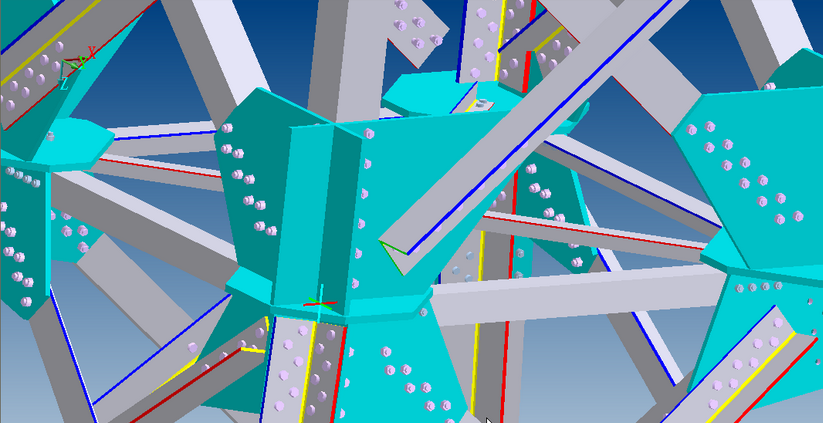


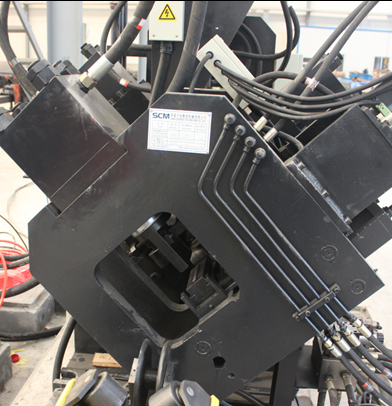
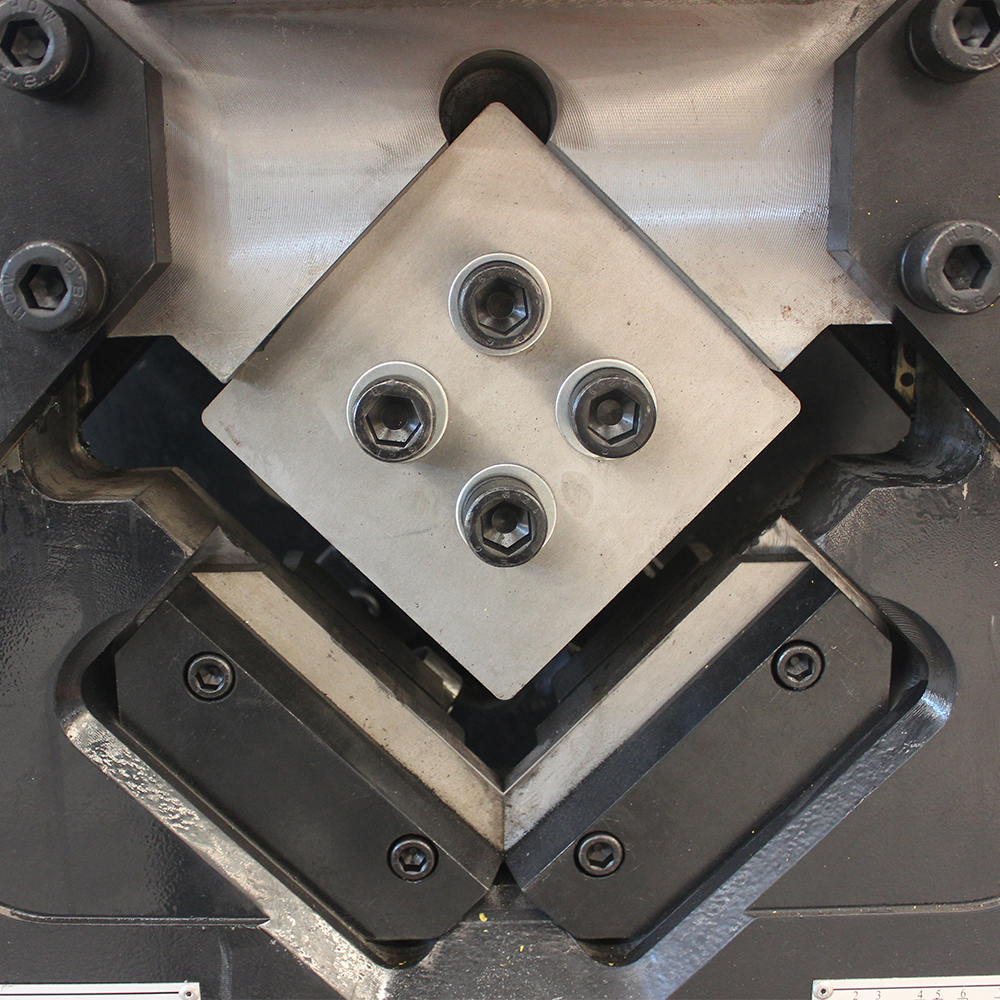

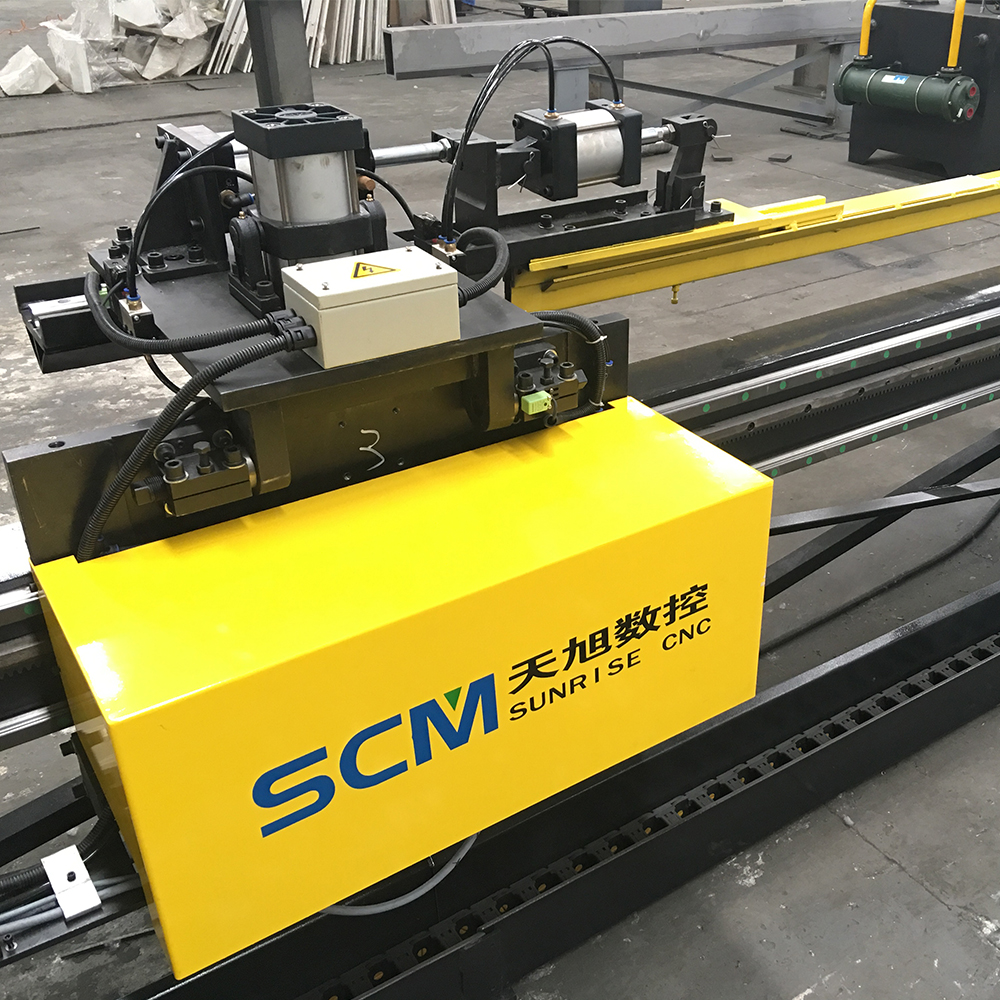 Newest NC carriage, linear guide drive, accuracy
and stability much better!
Newest NC carriage, linear guide drive, accuracy
and stability much better!
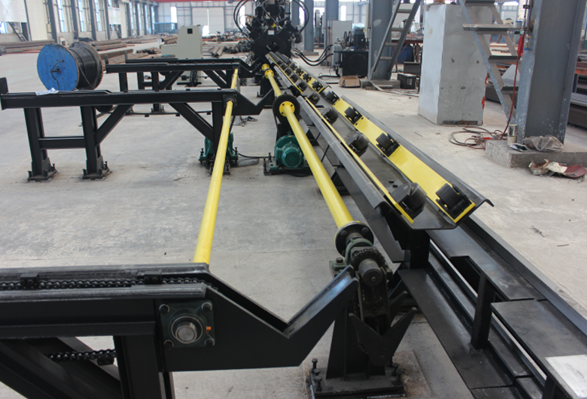
· Truck priority Baidu & Tucson fight for the first commercial unmanned driving